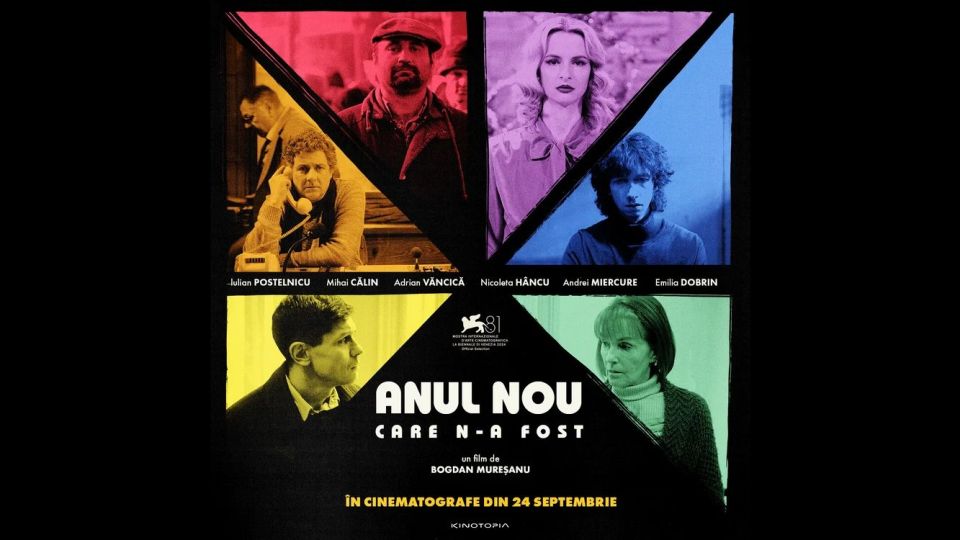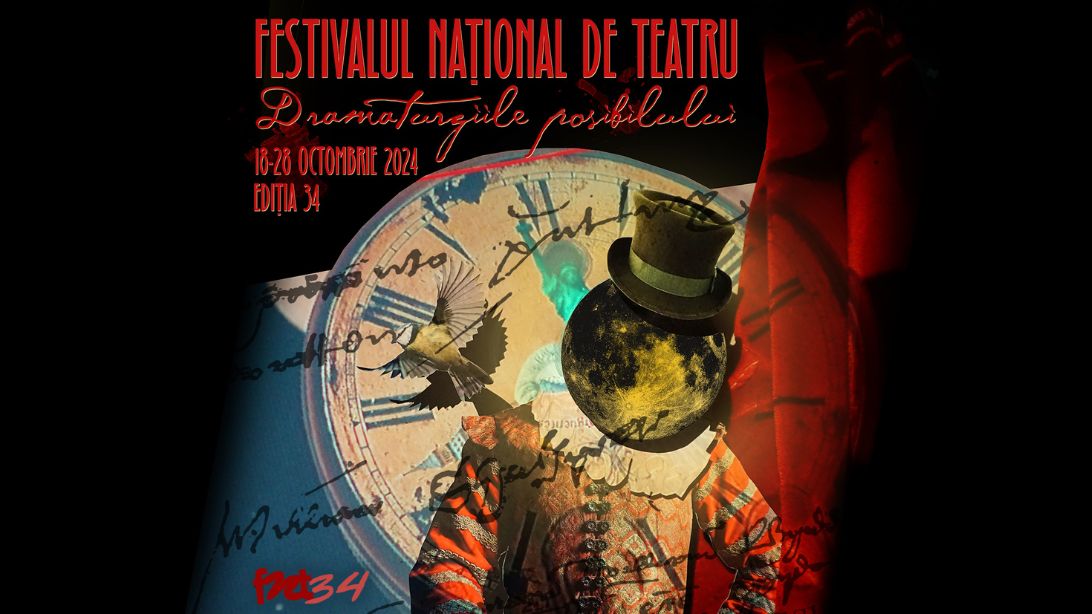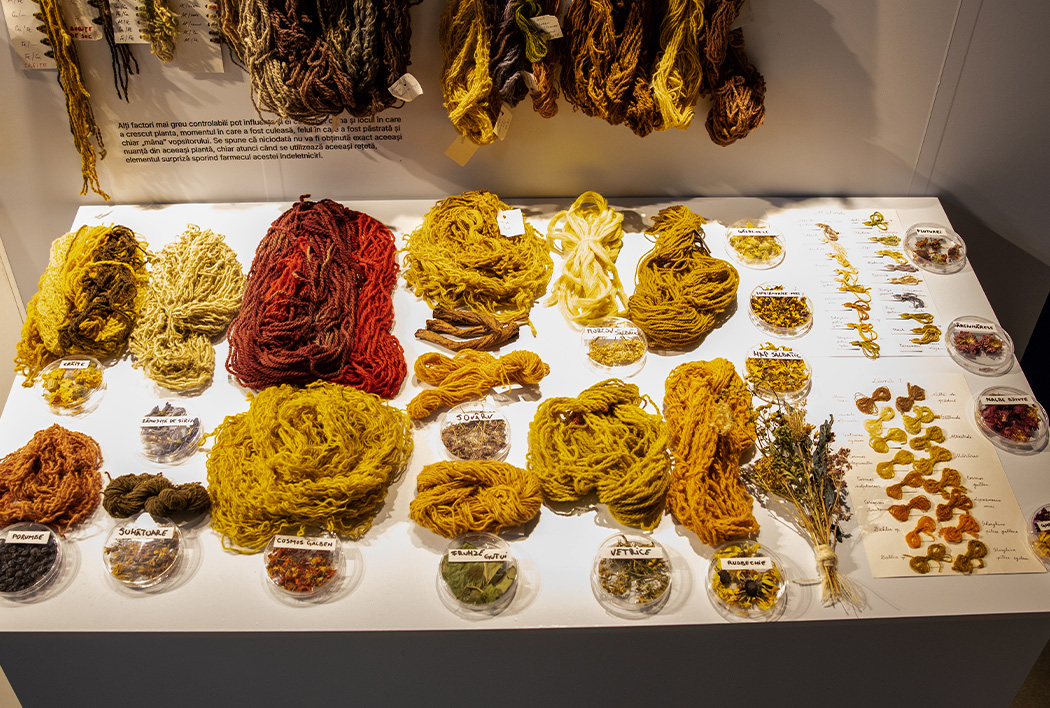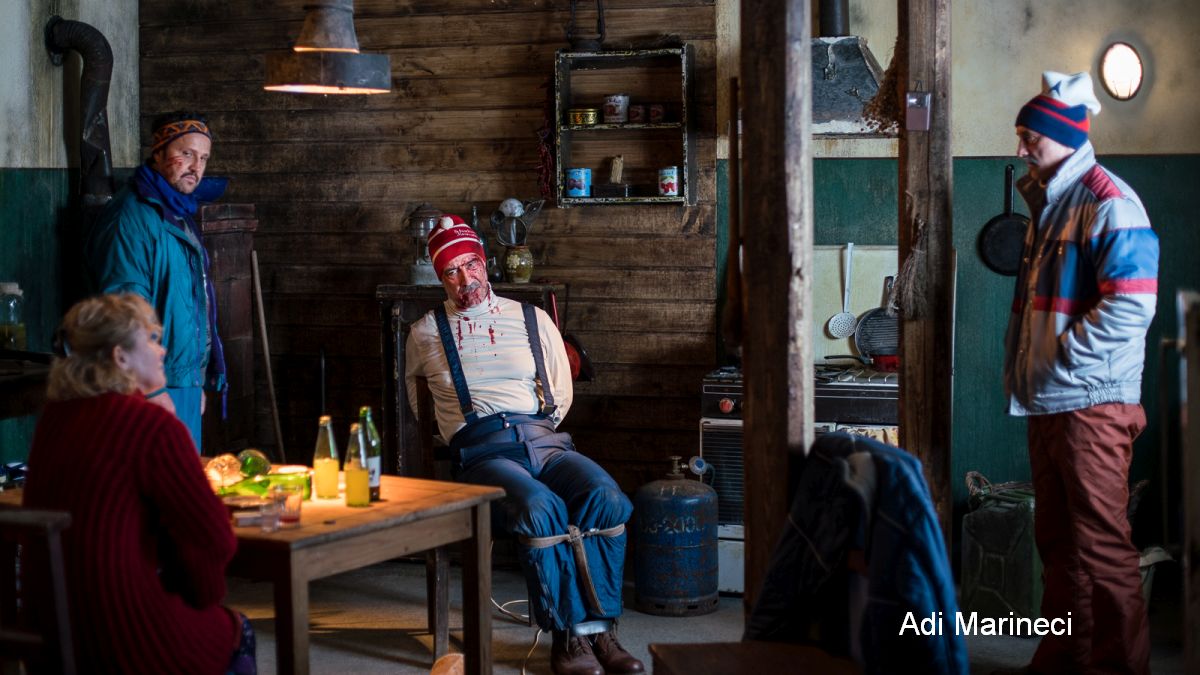The Heroes’ Way Sculptural Ensemble
A masterpiece by Romanian sculptor Constantin Brancusi is the Heroes Way ensemble in Targu Jiu.
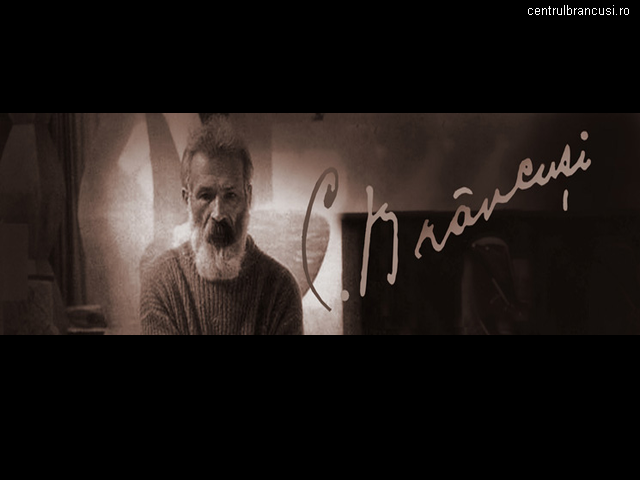
Corina Sabău, 09.01.2016, 14:24
One of the masterpieces of Romanian sculptor Constantin Brancusi is the Heroes Way ensemble in Targu Jiu, a tribute to the soldiers from Gorj County who died for their country during World War One. Comprising the Table of Silence, the Gate of the Kiss and the Endless Column, the ensemble is a telling example of the artists creative vision.
Constantin Brancusi was born on February 19, 1876 in the village of Hobita and grew in this place known for its tradition of wood carving. His father, for example, used to make all the family furniture himself. It was in 1898, at the first exhibition of the Dolj County Arts and Crafts School, that Constantin Brancusi, at that time still in school, presented his first sculpture, a bust of Gheorghe Chitu, as well as two frames that are still on display at the Fine Arts Museum in Craiova. That same year, he joined the National Fine Arts and Crafts School in Bucharest, which he graduated four years later. Later, after a short stint in Munich, Brancusi left for Paris, where he was admitted into the Ecole Nationale des Beaux-Arts in 1905. In 1907, he embraced non-figurative art and became part of the Parisian avant-garde movement.
The works in the Heroes Way Sculptural Ensemble comprise architectural elements of a symbolic nature. The ensemble was inaugurated on October 27, 1938. The director of the Constantin Brancusi Centre Doru Strimbulescu tells us more:
Doru Strimbulescu: “If we look at photographs and witness accounts, we note that the inauguration of the ensemble was attended by many ordinary inhabitants of Tirgu Jiu, alongside political and cultural figures. The number of people that walked from the Gate of Kiss and the Table of Silence to the Column was impressive. Its worth noting that at first Brancusi only wanted to build the Endless Column in Targu Jiu. Thats what he proposed to Aretia Tatarescu when he returned from Bucharest with a sketch of the Column. However, as Brancusi spent so much time in Targu Jiu, he eventually created there an entire ensemble. This also includes the Church of the Apostles, which was modernised with funds provided by the National League of Gorj Women, at the initiative of Aretia Tatarescu. So this is not just a commemorative ensemble, but a true work of genius, a work of world importance.
The Table of Silence is located in Targu Jius Public Garden, near the Jiu river bank. The structure is made from limestone from the area of Banpotoc and is surrounded by 12 round, hourglass-shaped stone seats. The table is 2.15 metres in diameter and 0.88 centimetres in height and is a symbolic representation of the soldiers final meal before going into battle. The hourglass-shaped seats represent the passing of time. The alley of the chairs also comprises two stone benches and 30 square seats in the shape of an hourglass placed on either side of the alley in groups of three. This alley links the Table of Silence to the Gate of the Kiss, which is located at the entrance to the park. 20 pyramidal poplars were planted on either side of the alley. The Gate of the Kiss, which is made from travertine, symbolises the passage to another life.
The Endless Column, otherwise known as the Column of the Infinite and the Column of Infinite Sacrifice, is considered the most important element of the entire ensemble. Built from 16 cast-iron rhomboid modules, each of which is 1.80 metres high, the column symbolises the world axis that supports the sky. Its total height is 29.33 metres. The column was manufactured by engineer Stefan Georgescu-Gorjan based on a module carved in lime tree wood made by Brancusi. The building of the structure started in August 1937 in Petrosani and was finalised in November that same year in Targu Jiu. The column was added a metal coating in June and July 1938.
The Church of the Apostles Peter and Paul acts as a link between the various elements of the ensemble. The church was built between 1927 and 1938 on the site of an older church dating from 1777. The director of the Constantin Brancusi Centre Doru Strimbulescu explains:
Doru Strimbulescu: “The elements comprising the Targu Jiu ensemble are unique, despite the fact that Brancusi carved similar columns in wood, examples of which could be found in his Paris studio. I think the idea of creating an ensemble occurred to him at an earlier date. He first wanted to build a portal in his native village of Hobita. It was later decided that an ensemble should be created in Targu Jiu, and Aretia Tatarescus proposal finally took shape. We might say that the ensemble in Tagu Jiu was the crowning of Brancusis entire work, as he didnt create another work of a similar scope after that. The non-figurative style Brancusi introduced to modern art changed the entire paradigm. Looking at his interviews and articles that appeared in various publications, we will understand Bancusis view on art in general and his own art in particular. Brancusi was aware of the universal importance of his work, and of the fact that he had changed the art world. When he left behind Rodins studio, Brancusi also rejected the type of art produced up until that moment, which he replaced with his own vision, a vision deeply rooted in Romanian traditional art. We know, in fact, that while in Paris, he was very interested in primitive art and in African art. He was also aware that he had become a point of reference in modern art.
In April 2007, an inscription was unveiled in Targu Jiu about the European Unions decision to include the Heroes Way Sculptural Ensemble on the list of European Cultural heritage, together with the Cantacuzino Palace, the Romanian Athenaeum in Bucharest and the ancient city of Istros in Constanta county.

